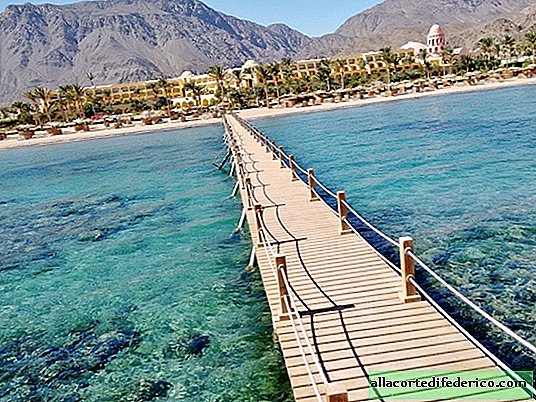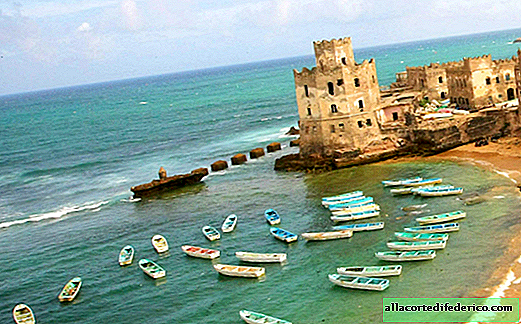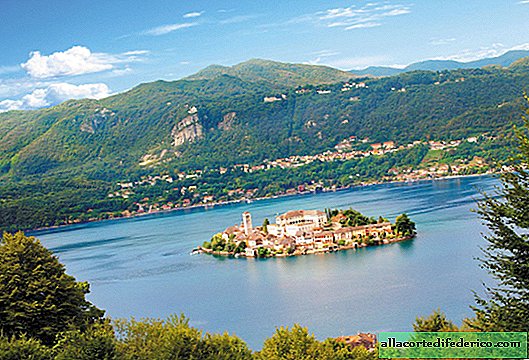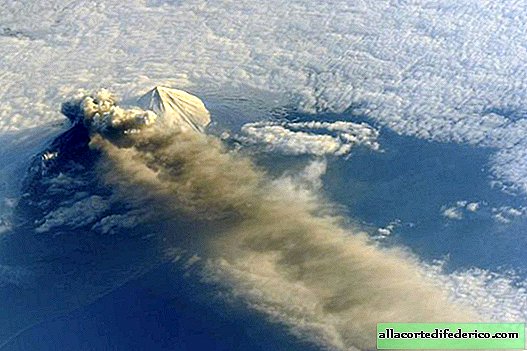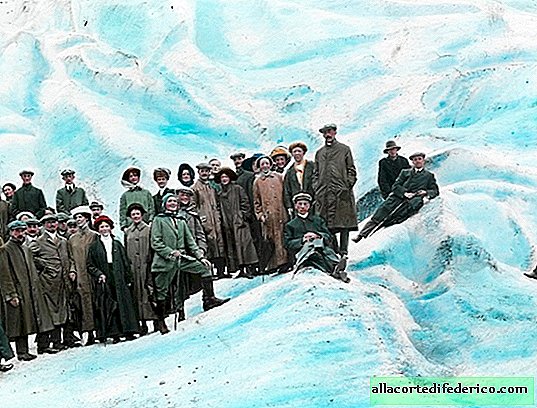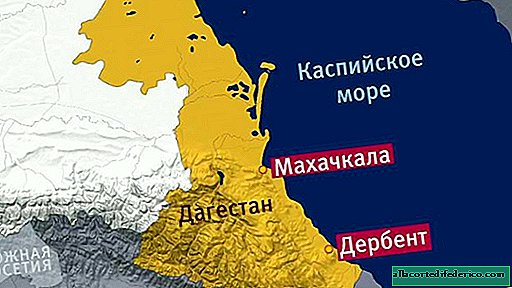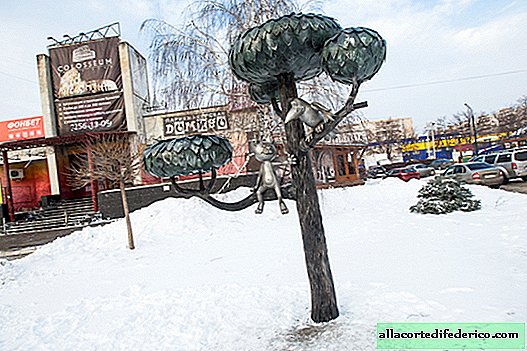Operation Breakthrough: how a Soviet icebreaker saved whales sandwiched in ice off the coast of the United States
During the Cold War, relations between the USSR and the USA were not very warm. The ongoing military rivalry and ideological differences did not allow us to talk about any kind of cooperation. The story that happened in 1988 off the northern coast of Alaska looks even more unusual.
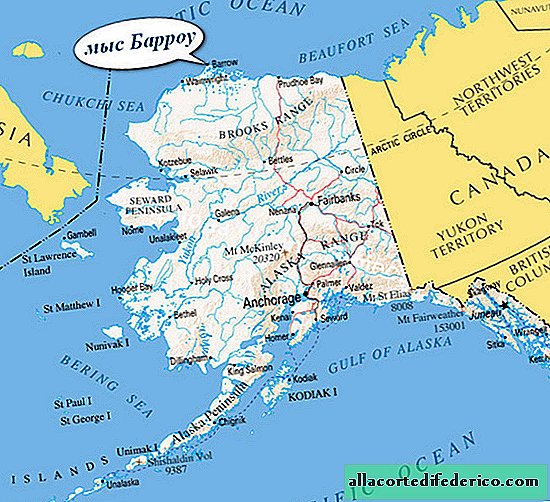
On October 7, 1988, local hunter Roy Ahmaogak discovered gray whales near Cape Barrow, two adult individuals and one young whale, which was about 9 months old. Gray whales, despite their impressive size, were trapped in an ice wormwood. This sometimes happened before, so Roy Ahmaogak and other local residents were not at a loss and tried to free the whales. But with the help of a chain saw and several pumps that prevent the formation of ice, this could not be done.

The news of the stuck whales quickly spread around the area, and biologists from the nearby town of North Slope arrived at the scene of the tragedy. After that, the American public was aware of the incident: news reports regularly reported on the status of the whales and on the progress of the rescue operation. Each of the mammals was even given its own name in Inuit and English.

Meanwhile, a barge came to the aid of a group of activists, which was supposed to be able to break the ice and provide access to the open sea. But, unfortunately, the ship, like the whales, was blocked by thick perennial ice.

Time passed, it was necessary to take some effective steps to save the animals. And in this situation, the US State Department asked for help from the USSR, which had an atomic icebreaker fleet. The Soviet leadership sent the Admiral Makarov icebreaker and the ship Vladimir Arsenyev, which were assigned to the port of Vladivostok, to help the whales.

Unfortunately, the youngest of the whales did not wait for the help of the icebreaker and died on October 21. And on October 28, Soviet vessels approaching the whale confinement area were able to break through many-meter ice and clear a wide passage for animals to exit. The next day, two gray whales went to the open sea, having spent 22 days in ice imprisonment.

An unprecedented international operation to save gray whales was called "Breakthrough".
In the summer of 1989 in Vladivostok a monument was opened, made of a three-hundred-year-old elm, which depicted three whales. The sculpture was created at the initiative of the American Timothy Duggen in gratitude to the Russian sailors for their help in the release of whales.


